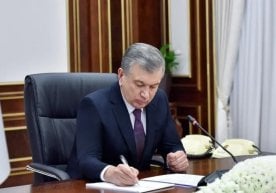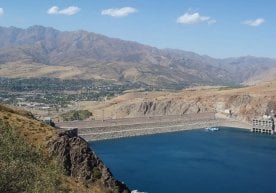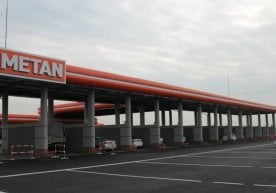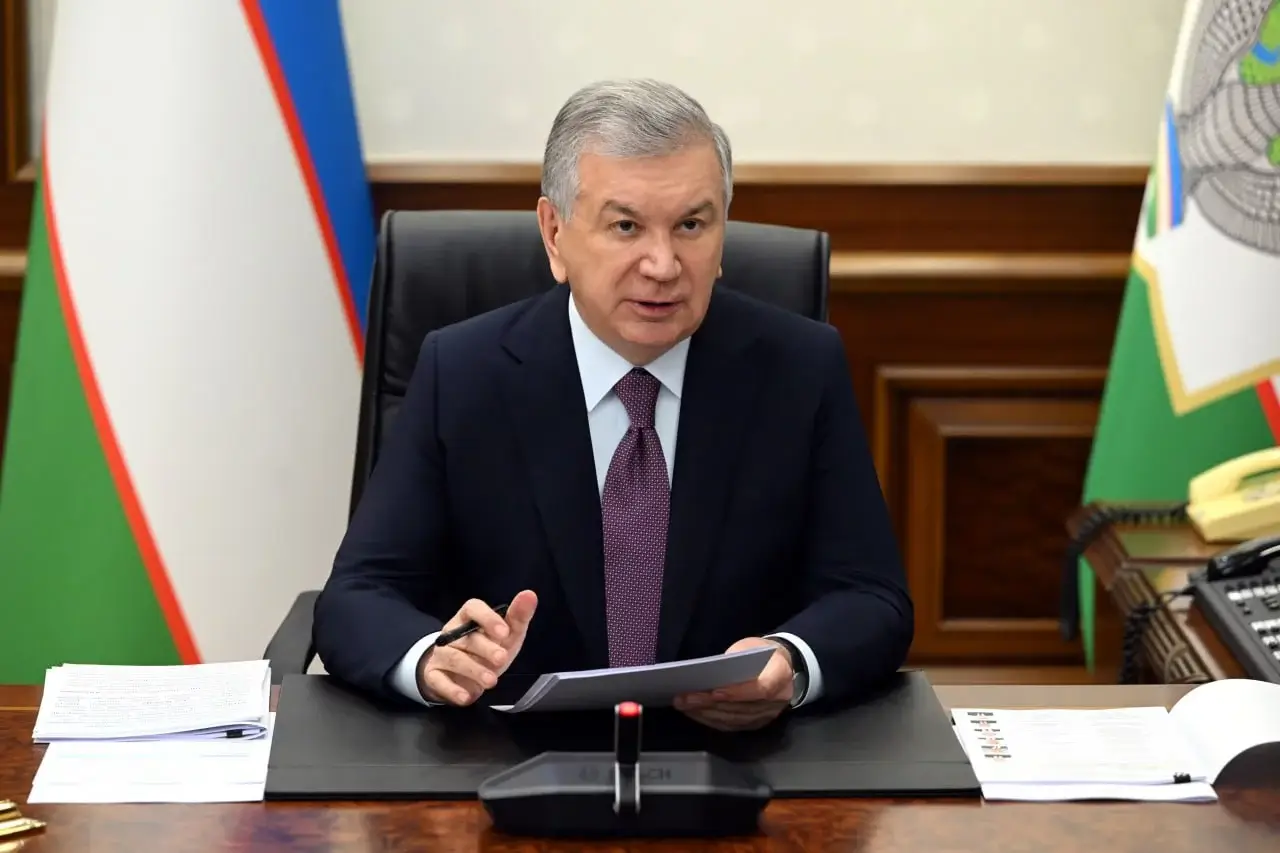
An extended meeting on the employment of university graduates has begun under the chairmanship of President Shavkat Mirziyoyev.
It was noted that although admissions in higher education increased 4.5 times over the past 7 years, and coverage reached 42%, the training system does not match real needs. For example, the BYD factory, which produces 20,000 cars per year, has 100 vacant positions. A quarter of them are engineers in robotics, painting, and robot programming.
Due to the shortage of specialists, 80 foreign professionals are currently working at the plant. If the factory reaches full capacity within 4–5 years and starts producing 500,000 cars annually, 4,000 highly qualified personnel will be needed.
"This is the calculation for just one project. In the next 3–4 years, due to large-scale projects worth $83 billion, about 500,000 personnel will be needed in industry alone," the head of state said.
The meeting highlighted the huge difference between the graduates prepared by universities and the needs of employers. For instance, the light industry alone needs 4,000 top-tier specialists.
Even though around 2,500 students graduate in this field annually, 42% of them cannot find employment because they do not know how to operate modern equipment. As a result, entrepreneurs are forced to hire ready-made specialists from abroad.
The president criticized the flaws in employment reporting. Although it is reported that 125,000 out of this year’s 231,000 university graduates are employed, it was found that 42,000 of them are self-employed.
The state spends 25–30 million UZS per year to educate one student in a university. But more than half of the young people who study for four years and receive a diploma end up working in low-skilled jobs.
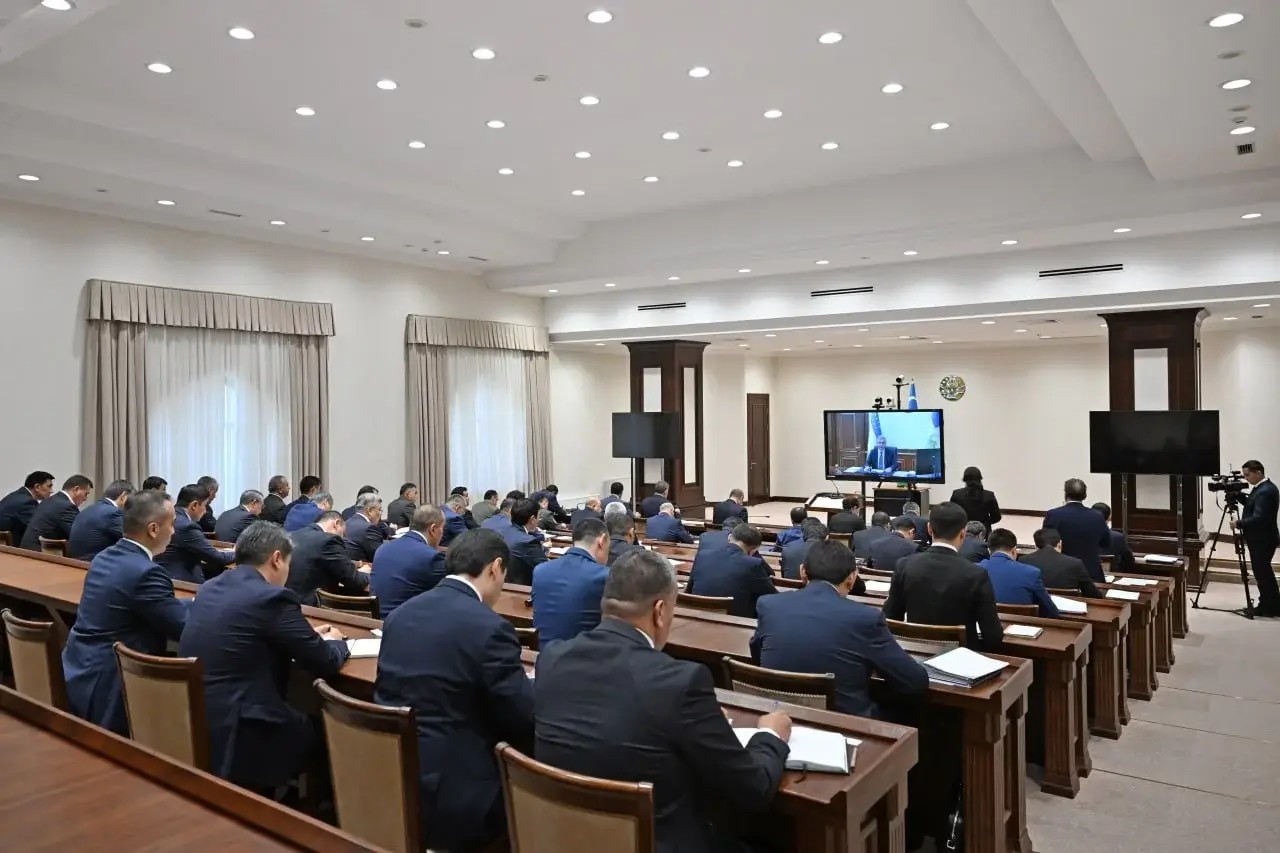
It was emphasized that the financial independence granted to 40 universities has begun to yield results. For example, institutions specializing in economics, law, medicine, languages, and pedagogy have sufficient funds. However, some universities in agriculture, veterinary science, engineering, and STEM fields are still not learning how to generate income and remain unattractive to young people.
The president stressed the urgent need to accelerate the “sector–enterprise–university” chain. In this regard, 25 engineering universities have opened 438 departments at partner enterprises. For example, the oil and gas sector has organized education-production clusters. The Bukhara Technical University has launched 20 branch departments in 10 companies in addition to oil and gas.
A large gas-chemical complex is expected to be launched in the Bukhara region in the coming years. Foreign companies have begun working on new projects in Ustyurt.
The president emphasized the need to answer the following questions in advance: where will specialists for these capacities be trained, and who will conduct research?
From now on, for projects worth over $1 million and with more than 50 employees, the technical and economic justifications will show the demand for specialists by sector and direction. Based on this, responsible ministers and sector leaders will place targeted orders in universities to prepare specialists accordingly.
Rectors, in turn, will introduce additional educational modules for students being trained under this order, alongside core subjects. Students who complete these modules will receive academic credits.
Starting from the second year, students' knowledge will be evaluated annually with the involvement of the investors planning to hire them. The final thesis will be defended based on real project problems.
In short, a system will be established in which graduates who meet investor demands will be guaranteed employment by those investors.
Read “Zamin” on Telegram!Users of Меҳмон are not allowed to comment this publication.








